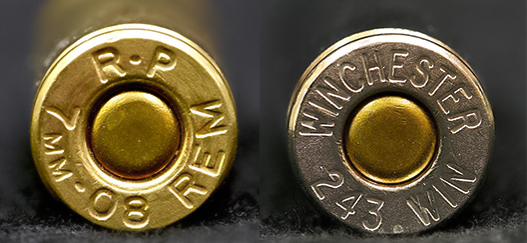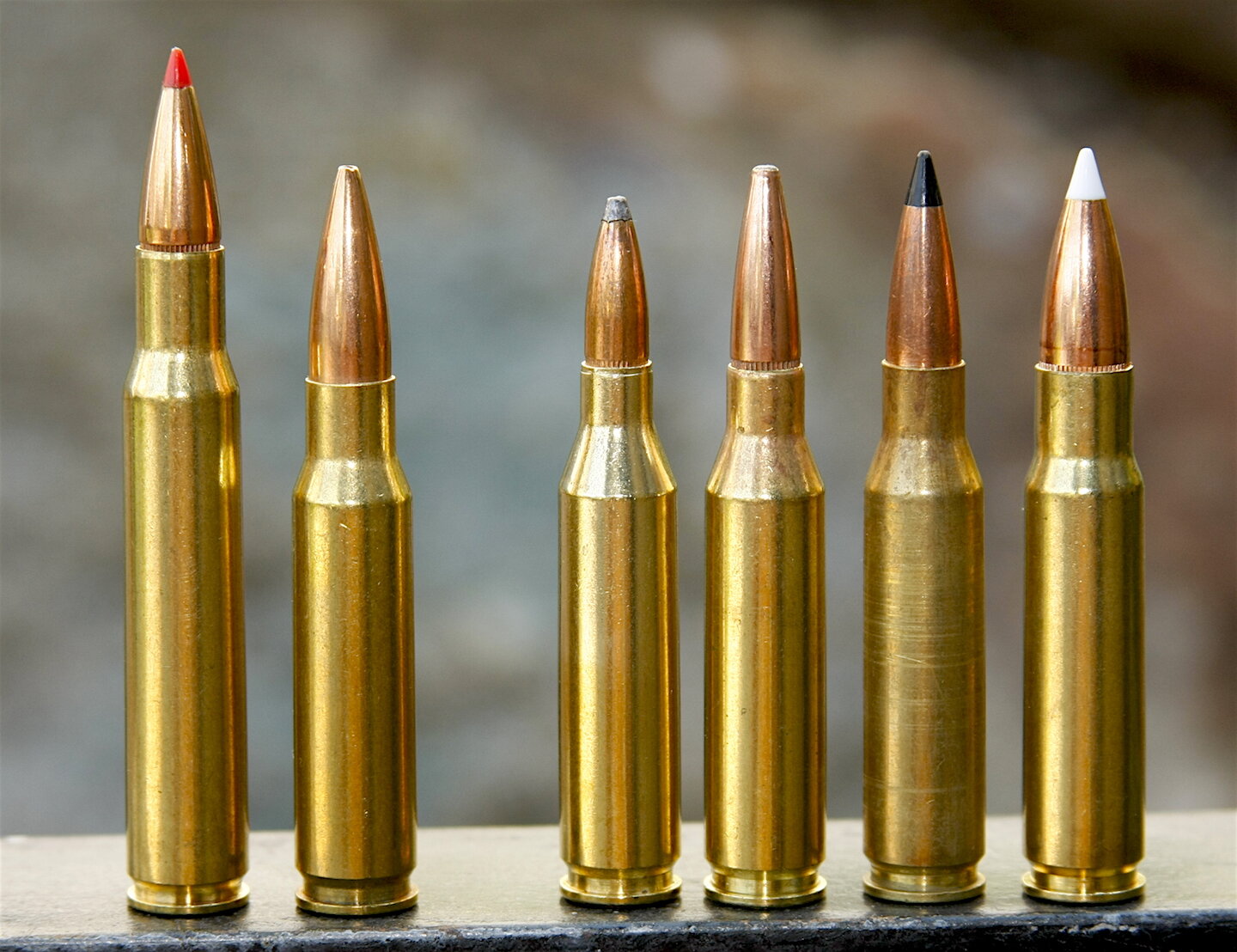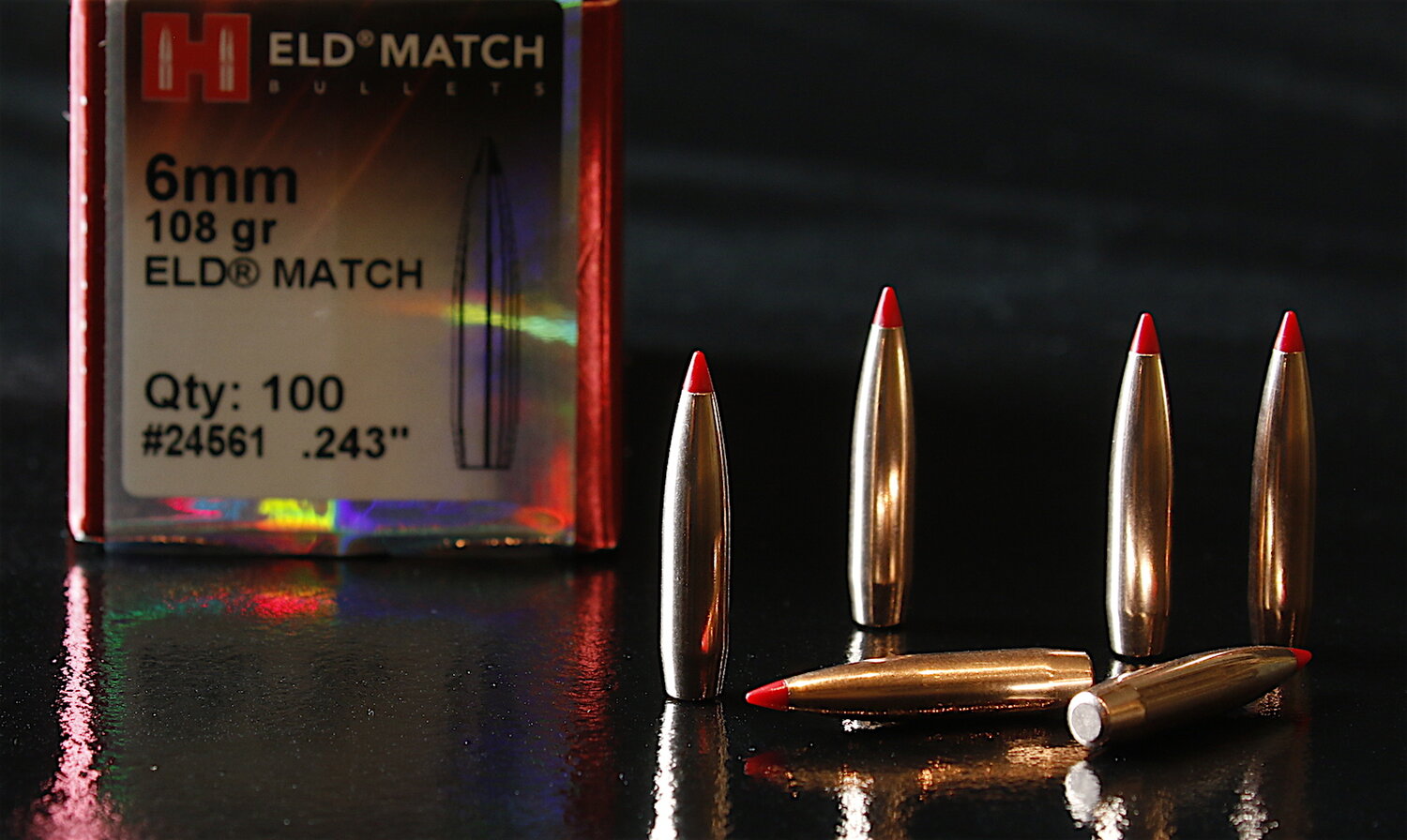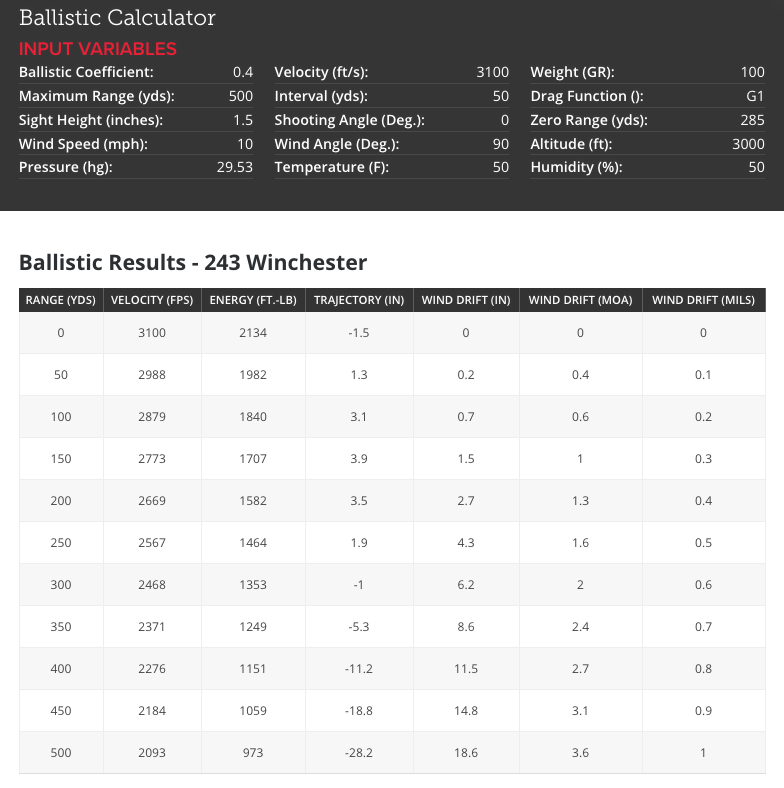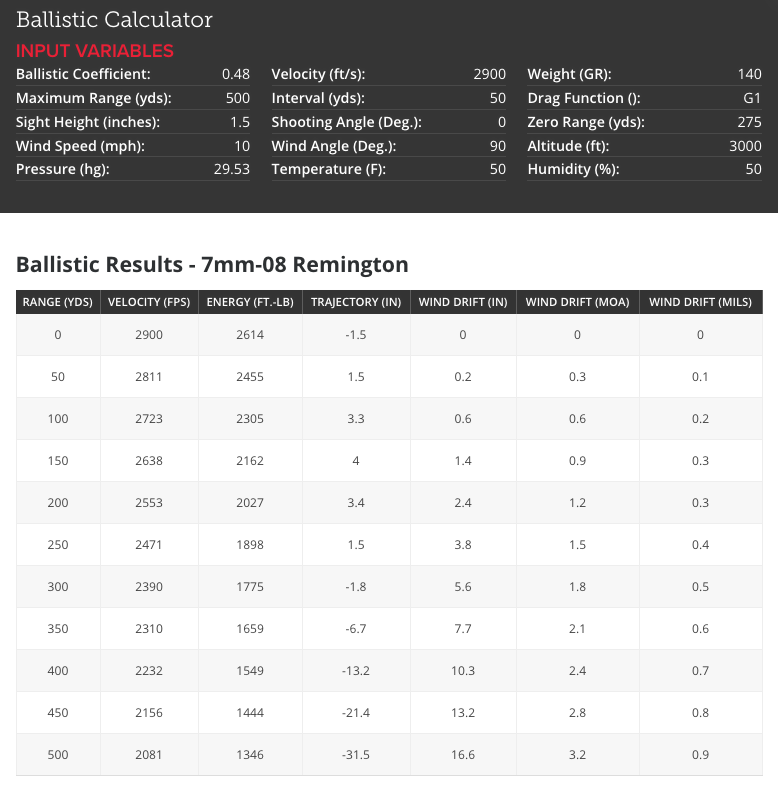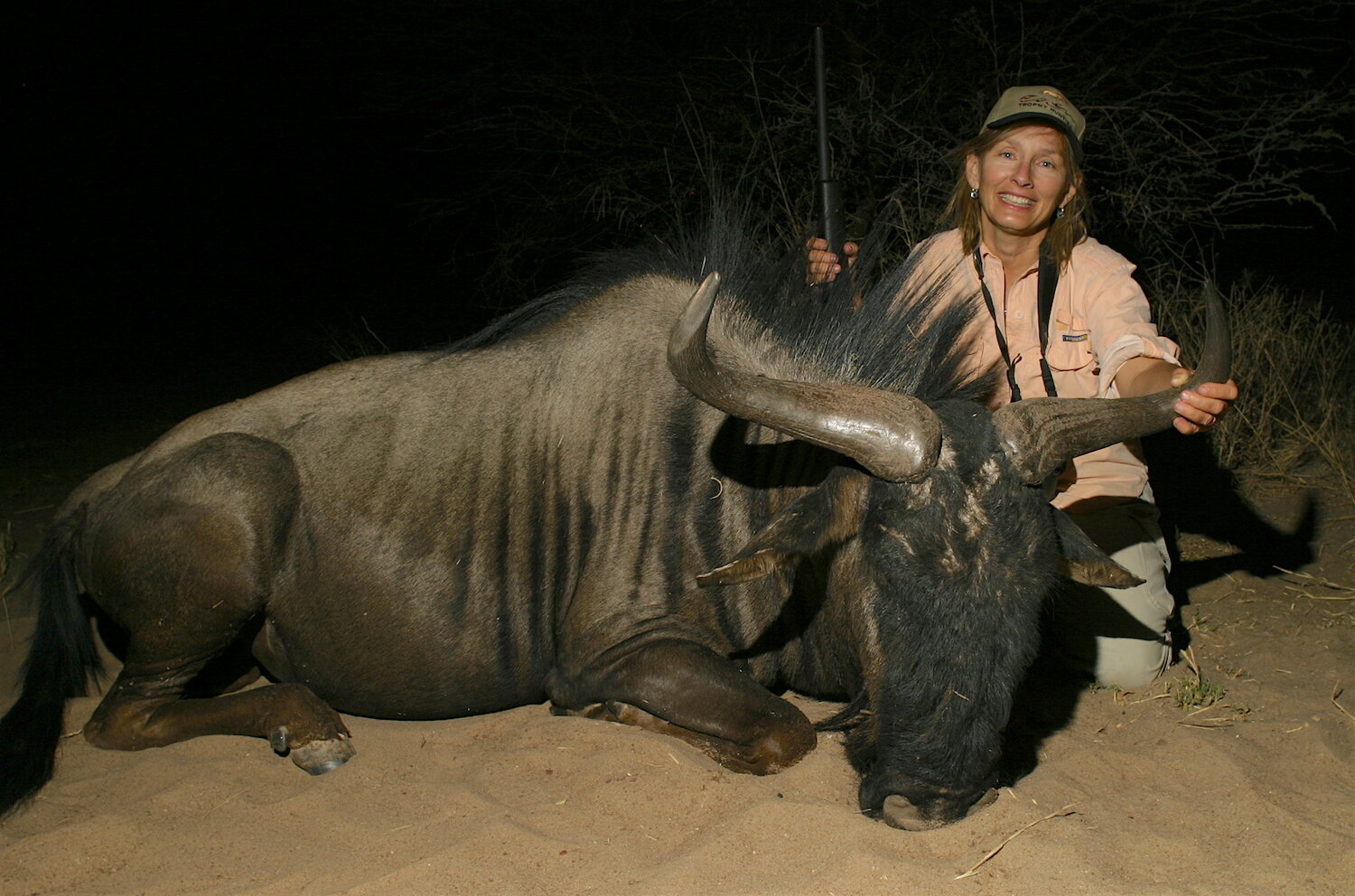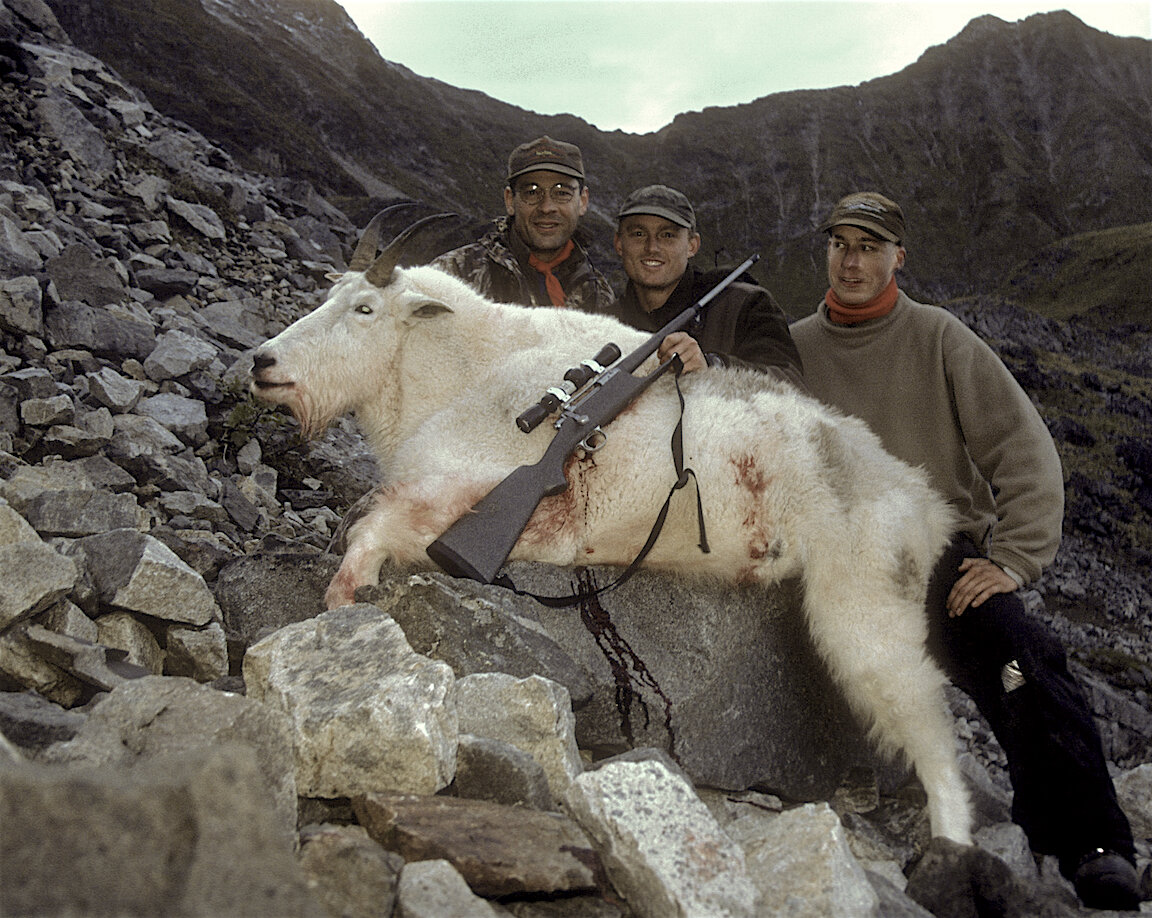A 243 Winchester versus 7mm-08 Remington match-up will cause some readers to raise the “apples to oranges” red flag, but that doesn’t mean this comparison is out-of-bounds. The 243 Winchester and 7mm-08 Remington are often recommended as low recoil “starter” big game rifles for children, women, and anyone who is small-framed or recoil sensitive. In order to choose between them, one must know how they compare in velocity, drop, drift, and downrange energy.
- The 243 Winchester shoots flatter and faster and recoils less.
- The 7mm-08 delivers more bullet energy (elephant killing energy) than the 243 Winchester at all distances and can be configured (hand loaded with lighter bullets) to shoot as flat.
- Both use the same parent case.
ARE THESE ADEQUATE FOR DEER HUNTING?
The first question you might ask is if either can handle deer-sized game without manhandling shooters?Absolutely. Elk, too, if you play it right. But which is “better?” That’s partly subjective, but we can examine some external ballistics that shine light on relative trajectory curves and power levels of both the extremely popular 243 Winchester and its younger cousin, the 7mm-08 Remington.
The quickest way to grasp the potential of the 243 Winchester and 7mm-08 Remington is to know where they came from — the 308 Winchester. Squeeze the neck of this short-action 30-caliber case to hold a .284” diameter bullet and you have the 7mm-08, which Remington did in 1980. That was 25 years after Winchester squeezed that same 308 Win. neck down to hug a .243” bullet in 1955. There are slight length differentials in the neck/shoulder of each, but basic case capacity remains about 47 to 50 grains of water depending on bullet seating depth. Both the 243 Winchester and 7mm-08 Remington are the perfect size for short, light, handy rifles that are easy for smaller framed shooters to operate.
As you can imagine, the same pile of powder will push a 100-grain .243 bullet a lot faster than a 140-grain .284 bullet. What isn’t so obvious is that the increased weight of that 7mm bullet can, given an optimum, high B.C., low-drag shape, minimize atmospheric drag. This means it deflects less in cross winds and retains more energy downrange.
243 WINCHESTER VERSUS 7MM-08 REMINGTON CONTEST COULD HINGE ON BULLETS
The other major difference between the two is bullet variety. Typically .243 bullets are made in weights from 55 grains to 115 grains with 70 to 100 grains the most common, especially in factory ammo. In the 28-caliber you can find bullets from 100 grains (Sierra Varminter) to 195 grains. Bullets from 120 grains to 150 grains are most common in factory 7mm-08 Remington loads. Common barrel twist rates of 1-10 in most 243 Winchesters and 1-9 in most 7mm-08 Remingtons determine maximum bullet length for stable flight in each. Step up to 105-grain and heavier VLD bullets in 243 Winchester and they are on the ragged edge of stability in a 1-10 twist. You could start seeing groups open up and oblong bullet holes in targets. In the 7mm-08 stability gets unpredictable with VLD bullets heavier than about 180 grains. Recoil also becomes rather stout for some. It’s bullet length, not weight, that compromises stability.
WILL RECOIL DETERMINE THE 243 WINCHESTER VERSUS 7MM-08 REMINGTON WINNER?
Let’s take a deeper look into this recoil issue. As many shooters know, recoil results from ejecta mass (weight of powder and bullet) and velocity. In simple terms, the heavier your bullet in any cartridge and the faster you launch it, the more your rifle will recoil. To make things easy, I’ve computed some recoil numbers in 7-pound rifles. A typical 243 Winchester 100-grain load at 3,000 fps recoils with 13.7 foot-pounds energy at a recoiling velocity of 11.22 feet per second. A typical 140-grain 7mm-08 Remington round kicks 18.2 f-p at 12.9 fps. As a familiar benchmark to compare against, the 30-06 with a 180-grain bullet punches with about 28.6 f-p at 16.2 fps.
Obviously the 7mm-08 is going to punch harder than the 243. The question is whether the difference is enough to bother the shooter. Only that shooter can determine this. I do know full grown men who don’t like the kick of a 7mm-08, lots of women and kids who don’t seem to mind. That’s the thing about recoil. It doesn’t impact every shooter exactly the same. I honestly believe much of perceived recoil is the noise of the shot more than the actual shoulder impact. Try double ear protection (foam plugs and shells) next time you’re on the range and see if this doesn’t help.
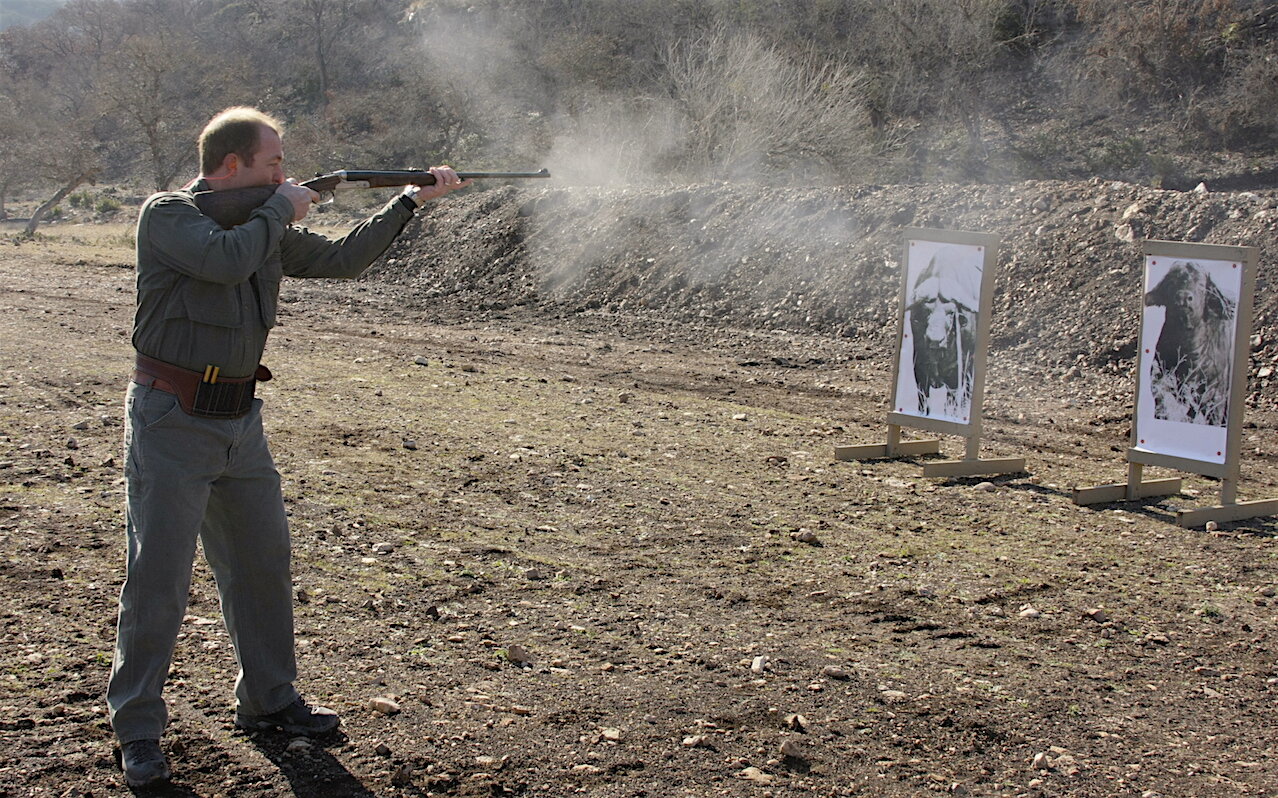
Now, before we lay out some trajectory tables, let me remind you that lighter bullets reduce recoil in both of these rifles. Step down to an 80-grain bullet in the 243 at 3,400 fps and recoil drops to 11 f-p at 10 fps. Fire a 120-grain in the 7mm-08 at 3100 fps to get 17.5 f-p at 12.7 fps. Not a huge difference, but more than enough for many shooters. A deer shot through the lungs with either of these light bullets isn’t going to shake it off and walk home for dinner. This is why so many outfitters keep a 243 Winchester on hand. When macho hunters with their new 300 magnums finish missing their third deer due to flinching, they borrow the 243 and take home the bacon. I’ve cleanly, quickly, and dramatically killed big, fully mature whitetails and mule deer with bullets as light as 75-grains in a 243 Win. (By the way, the 6mm Remington adds 100 fps to the 243 Winchester’s top velocities. Alas, Remington has done a poor job of PR with this cartridge, so it’s fading away. If you have a rifle chambered for it, however, rest assured it can do anything the 243 Winchester does. You might have to handload to maximize its potential. I do.)
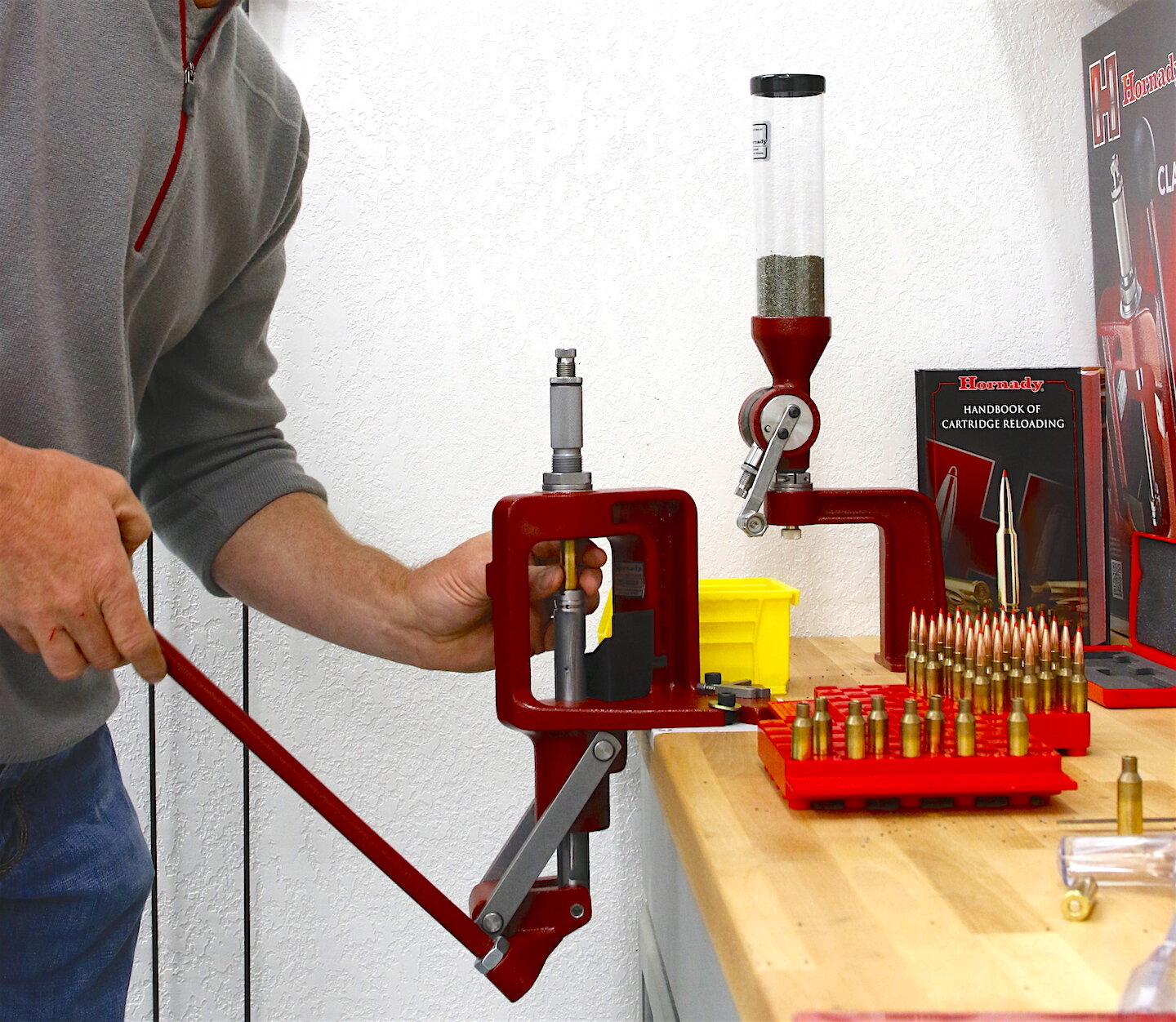 The outcome of the 243 Winchester versus 7mm-08 Remington competition can be altered by handloading one or the other with bullets not available in factory ammunition.
The outcome of the 243 Winchester versus 7mm-08 Remington competition can be altered by handloading one or the other with bullets not available in factory ammunition. Remember, these recoil levels are in a relatively light, 7-pound rifle. Many hunters work with 8-pound guns, and that will calm things down even more. Nevertheless, I’ve found that hunters who don’t like hard kicking rifles don’t like heavy ones either. A friend’s wife labored under the 8.5# mass of a full size Remington M700 ADL in 243 for years without ever getting it on target before said target walked away. One day I loaned her my Ultra Light Arms M20 in 284 Win. That’s about identical in output to the 7mm-08 Rem. That rifle weighed 5.5 pounds. If the recoil bothered her, neither she nor the 24-inch wide buck she shot the next day commented on it.
TERMINAL TERMINATORS?
Now, what about terminal performance? That’s the main issue here. If minimum recoil was the only goal, we could hunt with Daisy Red Ryder BB guns. But we need to terminate our game, so let’s do a 243 Winchester versus 7mm-08 Remington ballistic comparison showing trajectory, energy, and wind deflection. To maximize trajectory and keep this comparison as fair as possible, we’ll shoot typical “deer” bullet weights of 100-grains in the 243 and 140-grains in the 7mm-08. You can flatten trajectories by shooting lighter bullets in each, but you’ll sacrifice energy by doing so. This isn’t necessarily a bad thing because even with lighter bullets both these rounds carry more than enough energy to be effective to 300 yards and probably a lot farther. But we don’t want to encourage long range shooting, especially not by inexperienced hunters.
Both loads were zeroed for maximum point blank range (explained in this article on RSO) on an 8-inch target and fired under identical atmospheric conditions in a right-angle, 10 mph wind, as shown in the Hornady on-line Ballistic Calculator charts below.
A quick study of the drop and drift numbers at 300 yards reveals the remarkable similarity in trajectory of these two “apples and oranges” cartridges. The 243 Winchester versus 7mm-08 Remington race is won by the 243, but not by much. Less than an inch difference in drop and drift gives it the win. I doubt many hunters — big, little, veteran, or novice — are capable of determining if they or the bullet missed by an inch at 300 yards. And the deer certainly won’t. A hit an inch in any direction from the aiming point is still a dead deer.
RUNNING OUT OF ENERGY?
That leaves energy as our last significant category. Here the 243 Winchester versus 7mm-08 Remington contest is won handily by the .284-inch bullet. At 300 yards it is still packing 1,775 f-p to the little 243 Winchester’s 1,353 f-p. That’s a 422 f-p advantage. To which I say “So what?” More than 400 f-p energy sounds like a big difference, doesn’t it? (A foot-pound is enough potential energy to lift one pound a foot into the air, so 400 f-p should be enough to lift a 200-pound deer two feet off the ground — but it won’t, of course, as this article explains.) But neither deer nor elk nor moose will notice or care. If the bullet discombobulates the heart/lungs/liver or central nervous system, the animal will expire. The wider, heavier 7mm bullet might tear more tissue and kill slightly faster, but it’s not the energy so much as the larger surface area that will make the difference.
At this juncture I can’t resist an anecdote or two in support of both rounds. They say anecdotal evidence doesn’t count, but I’ve seen too many similar anecdotes to discount these:
TALL TALES INFORM THE 243 WINCHESTER VERSUS 7MM-08 REMINGTON DEBATE
I shot a big, mature SD whitetail buck several years ago using a 243 Winchester fired through a Winchester M70 Featherweight. As I recall, the range was about 200 yards. The bullet (I probably shouldn’t admit this) was a 58-grain Winchester Polymer Tip Rapid Expansion Varmint X. This is NOT recommended for deer. But if you slip it behind the shoulder and into the heart/lungs, that Rapid Expansion part is devastating. Alas, I pulled the shot a bit left and hit the dreaded shoulder. Nevertheless, that little bullet, which left the muzzle going about 3,900 fps, punched into the lungs and immediately went to work. The buck dashed about 35 yards and returned to the earth from which it had sprung. The heart and lungs, as you might imagine, were pulverized.
An even more dramatic 243 Winchester “wrong bullet” incident involved a 55-grain Ballistic Silvertip varmint bullet applied to the neck of an old zebra stallion from about 180 yards. It died instantly, neck broken. A friend took that shot, so don’t chew me out. But these incidents do suggest that, even with the wrong bullets, the 243 Winchester can be deadly. Oh, I also knew a guy who’d killed thirteen 6-point bull elk with thirteen shots from his 243 Winchester.
The 7mm-08 Remington made a lasting impression during a B.C. mountain hunt. I was packing an incredibly light, custom, 18.2-inch barreled Kifaru Rambling Rifle weighing right around 4 pounds. With Leupold 2-7X scope and a nylon sling, field-ready weight was about 5 pounds. Recoil was noticeable but not uncomfortable. Throwing 140-grain Swift A-Frames, that little 7mm-08 encountered a 500-pound caribou bull at 125 yards and stopped it in two steps, the A-Frame carrying a chunk of rib along on its trip through the heart. The same rifle took out a mountain goat at 350 laser-measured yards with two shots, the first landing in the paunch. My wife has used the 7mm-08 for one-shot kills on kudu, oryx, and blue wildebeest, famously big, stout African antelope. We think it’s more than sufficient for whitetails.
Where the 243 Winchester versus 7mm-08 Remington race really favors the 7mm is versatility. Load that 7-08 with 175-grain bullets and you have penetration potential more than adequate to fell bull elephants. How do we know this? A commercial ivory hunter in the first decade of the 20th century used a 275 Rigby, which throws the same .284 bullets as the 7mm-08, except about 100 fps more slowly, to pile up about 800 elephants. He also rolled cape buffalo with the little 7mm and all kinds of other big, tough African game. Karamojo Bell. Google him.
 The 7mm-08 Remington for stopping a charging elephant? We don’t recommend it, but famous elephant hunter Karamojo Bell collected some 800 bulls with a slightly weaker 7mm. That suggests the 7mm-08 might be a reasonable option for elk and moose. I certainly wouldn’t hesitate to use it.
The 7mm-08 Remington for stopping a charging elephant? We don’t recommend it, but famous elephant hunter Karamojo Bell collected some 800 bulls with a slightly weaker 7mm. That suggests the 7mm-08 might be a reasonable option for elk and moose. I certainly wouldn’t hesitate to use it.IN CONCLUSION…
So, if you’re wanting the easiest shooting, mildest recoiling option for whitetails, mule deer, pronghorns, coyotes, rock chucks, targets, and possibly elk (precise shot placement is key,) choose the 243 Winchester. If you prefer a bit more power for elk and moose and can tolerate a touch more recoil, go with the 7mm-08 Remington. Depending on your judging criteria, the 243 Winchester versus 7mm-08 Remington race goes to one or the other — or both.
(Caveat: Larger bullets and higher energies may, indeed, be more effective on all big game. The “Use Enough Gun” debate has been raging for decades with good evidence on both sides. I’m not saying either of these cartridges are ideal for all or even any applications. Each shooter/hunter must decide that for him/herself. But I can say thousands of satisfied customers have been cleanly taking game with 243s and 7mm-08s for a long time.)
Spomer doesn’t care is you make him hunt with a 243 Winchester or 7mm-08 Remington so long as you take him hunting.
Editor’s Note:
We’d like to thank Ron Spomer of Ron Spomer Outdoors for allowing us to re-publish this piece that originally appeared on his website www.ronspomeroutdoors.com. Ron’s experience in this industry is bar none and their web platform is an invaluable resource for both the new and experienced hunter.


